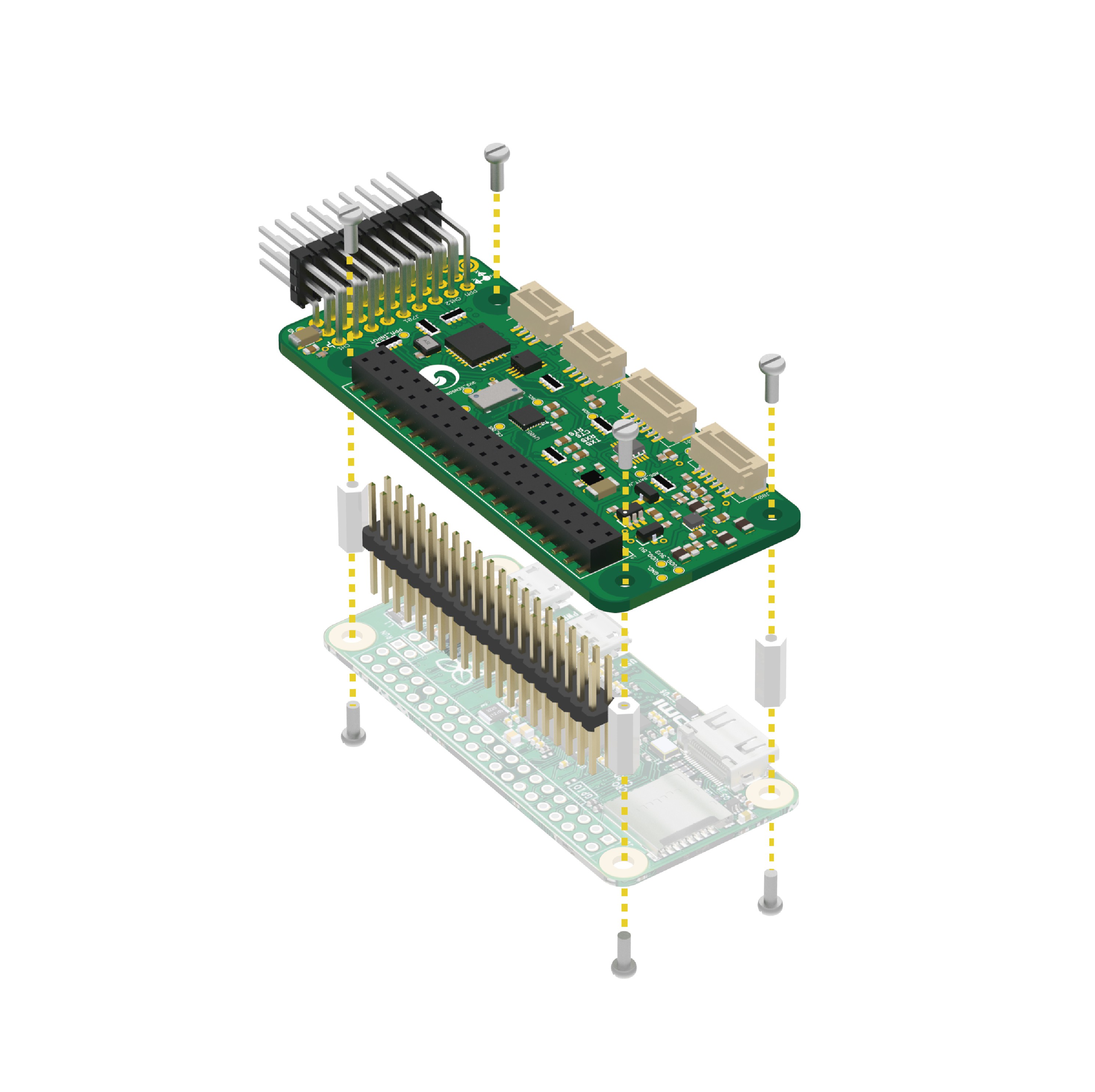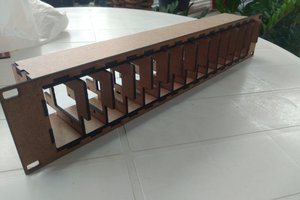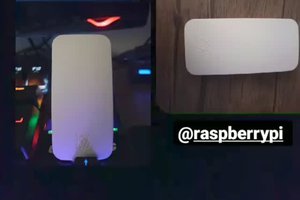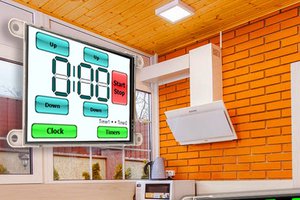- Drone made with the PXFmini autopilot shield for the Raspberry Pi (available from here).
- Open schematics
- APM/ardupilot flight stack compiled for the Pi Zero (sources, instructions)
- Linux drone using a Debian file system made by Erle Robotics specially for the Pi Zero (available here). Includes a catkin workspace with the Robot Operating System (ROS) Indigo.
- Docs about the PXFmini
Pi0drone
A $200 smart Linux drone with the Pi Zero and the PXFmini autopilot shield.
 Víctor Mayoral Vilches
Víctor Mayoral Vilches






 Douglas Esteves
Douglas Esteves


 4D Makers
4D Makers
So the links for the website leads to another web, does anyone have the firmware or knows where i can download it ???'